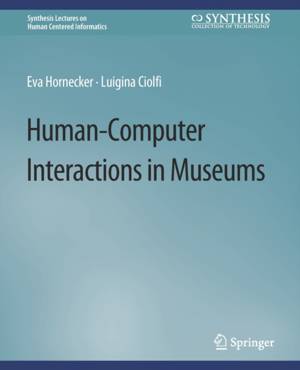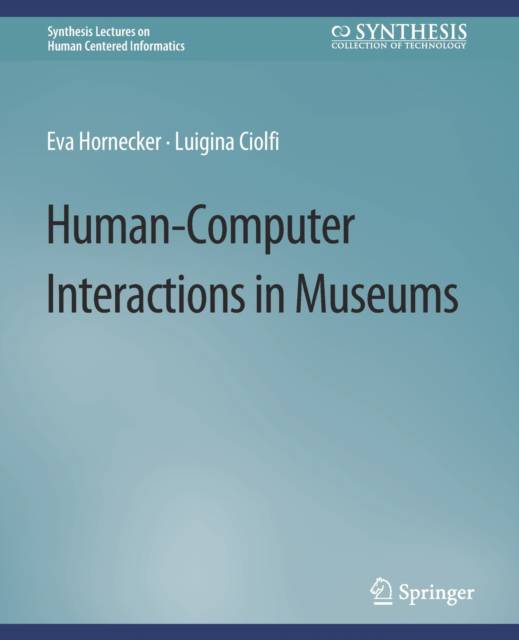
- Afhalen na 1 uur in een winkel met voorraad
- Gratis thuislevering in België vanaf € 30
- Ruim aanbod met 7 miljoen producten
- Afhalen na 1 uur in een winkel met voorraad
- Gratis thuislevering in België vanaf € 30
- Ruim aanbod met 7 miljoen producten
Omschrijving
Museums have been a domain of study and design intervention for Human-Computer Interaction (HCI) for several decades. However, while resources providing overviews on the key issues in the scholarship have been produced in the fields of museum and visitor studies, no such resource as yet existed within HCI. This book fills this gap and covers key issues regarding the study and design of HCIs in museums. Through an on-site focus, the book examines how digital interactive technologies impact and shape galleries, exhibitions, and their visitors. It consolidates the body of work in HCI conducted in the heritage field and integrates it with insights from related fields and from digital heritage practice. Processes of HCI design and evaluation approaches for museums are also discussed. This book draws from the authors' extensive knowledge of case studies as well as from their own work to provide examples, reflections, and illustrations of relevant concepts and problems.
This book isdesigned for students and early career researchers in HCI or Interaction Design, for more seasoned investigators who might approach the museum domain for the first time, and for researchers and practitioners in related fields such as heritage and museum studies or visitor studies. Designers who might wish to understand the HCI perspective on visitor-facing interactive technologies may also find this book useful.
Specificaties
Betrokkenen
- Auteur(s):
- Uitgeverij:
Inhoud
- Aantal bladzijden:
- 153
- Taal:
- Engels
- Reeks:
Eigenschappen
- Productcode (EAN):
- 9783031010972
- Verschijningsdatum:
- 11/04/2019
- Uitvoering:
- Paperback
- Formaat:
- Trade paperback (VS)
- Afmetingen:
- 190 mm x 235 mm
- Gewicht:
- 303 g

Alleen bij Standaard Boekhandel
Beoordelingen
We publiceren alleen reviews die voldoen aan de voorwaarden voor reviews. Bekijk onze voorwaarden voor reviews.









